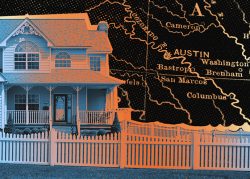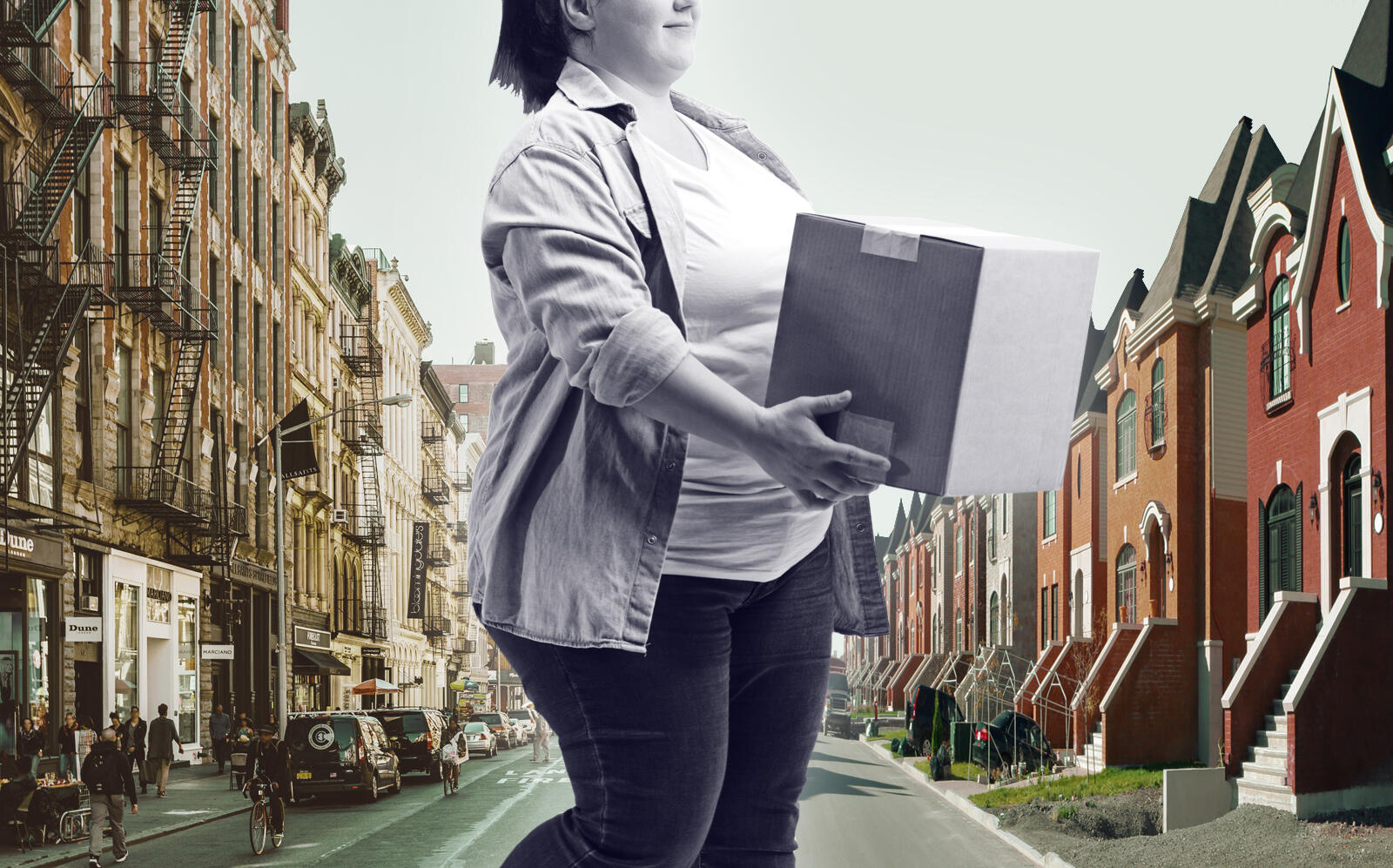Long-distance movers got more bang for their buck in 2020.
The average out-of-town mover last year relocated to areas where homes cost less and had more space, on average, according to a Zillow report.
If the pattern continues, it would help smooth over the extremes in the U.S. housing market.
“Over the longer term, this trend could contribute to an evening out in home prices across the nation,” wrote Jeff Tucker, senior economist at Zillow, in the report. “It may also spread out some of the spending and wealth accumulation which had been increasingly concentrated in ‘superstar cities’ over the last few years.”
Read more


Zillow, using data from North American Van Lines, found the average long-distance mover relocated to ZIP codes where sold homes were 33 square feet larger and home values were nearly $27,000 lower than where they came from.
The five cities with the most outbound moves were Chicago, New York, Los Angeles and San Francisco — among the most expensive housing markets in the country. The cities with the most inbound moves were Phoenix, Charlotte, Austin, Dallas and Sarasota.
Although home prices have surged, especially in mid-sized cities such as Phoenix and Austin, long-distance movers from pricey cities like San Francisco and New York find home prices far cheaper than in their origin cities.
Some tech workers, like those at Yelp, Twitter and Zillow, have been given the option to permanently work remotely. Other companies like Oracle and Tesla are moving their headquarters to Austin, Texas, bringing their California employees with large tech salaries along.
The most common move last year was from one suburban ZIP code to another, as it was in 2019. But the second most common was from urban to suburban, replacing 2019’s No. 2: suburban-to-urban moves.
Zillow considers this data to be evidence of a “Great Reshuffling,” meaning social, demographic and economic factors have caused more Americans to relocate to areas that are cheaper and less dense.
Still, the report contends that the pandemic’s supposed urban exodus has been overstated. The largest increase in moves was not from cities to suburbs, but from suburbs to rural areas, which grew by 1.2 percent.
Contrary to the narrative that the coronavirus triggered flight from cities, the report found the share of people who relocated from urban areas did not significantly increase in 2020.
